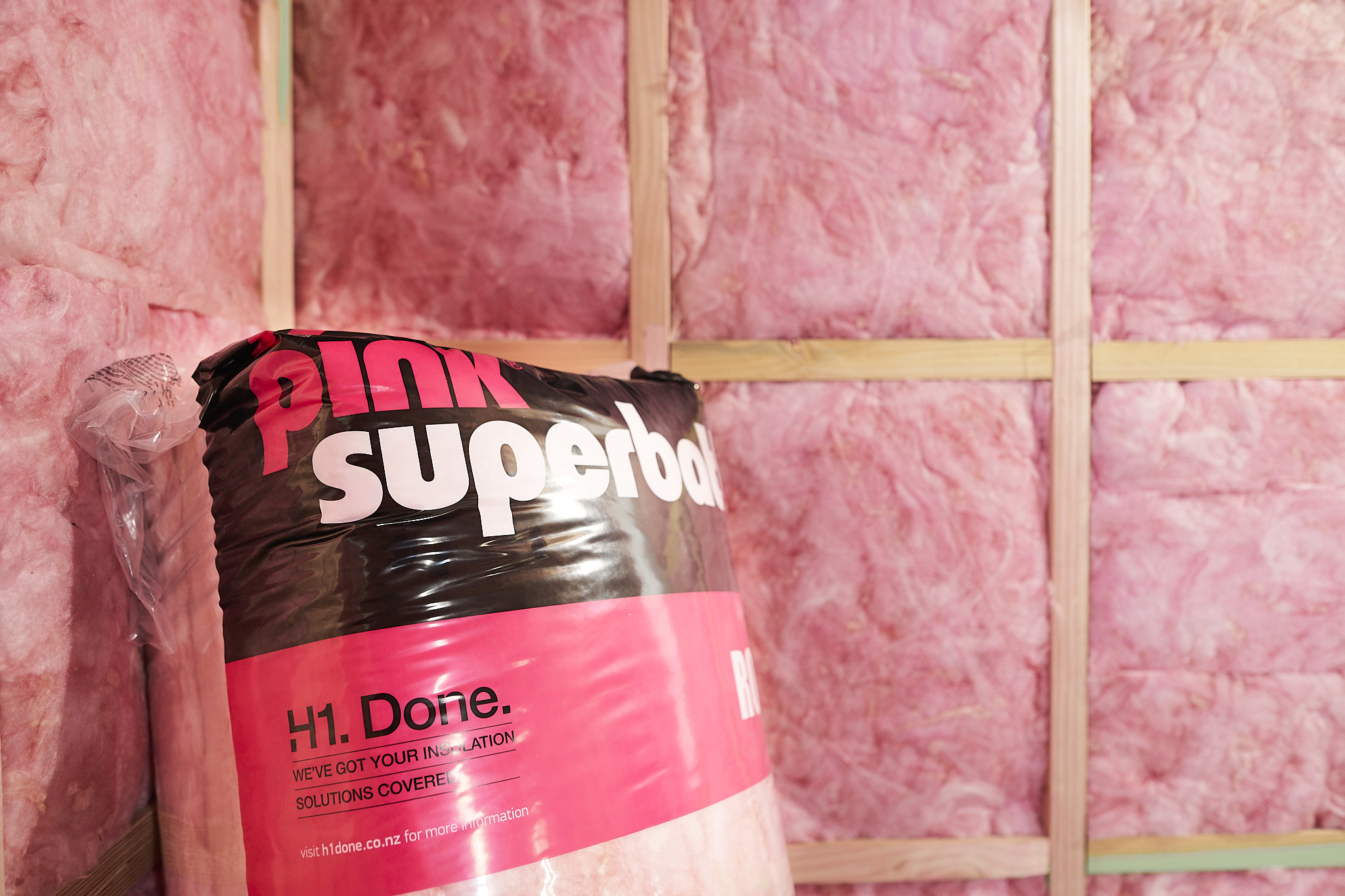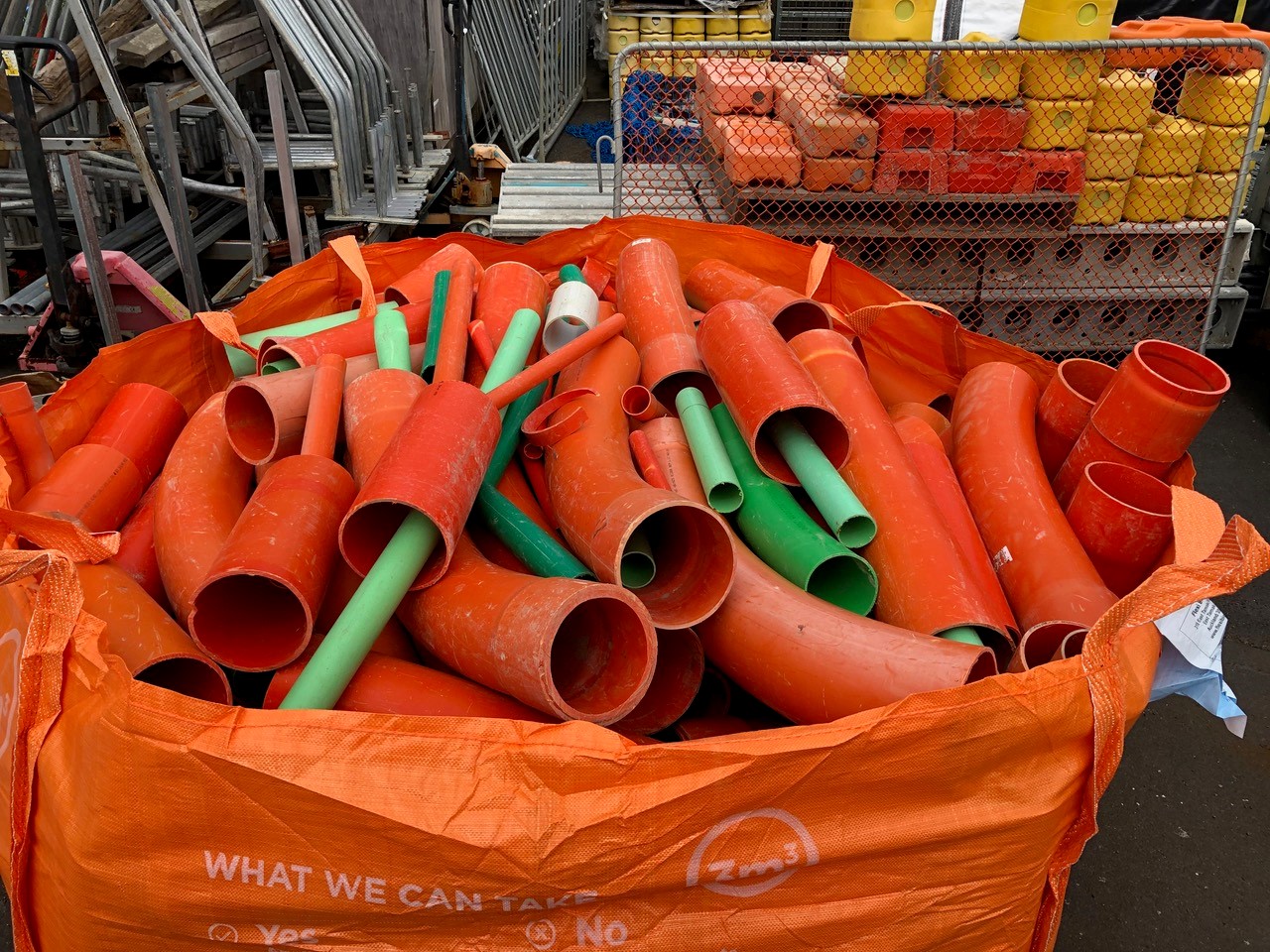Its 2018 and zoos are on the back foot, with growing public disquiet and antipathy about animal captivity and its role in our “entertainment”. Expressing concern about such issues was the domain of organisations like Peta, but now the debate has moved into the mainstream and the province of social media. A recently published volume of essays examined the future of animals in captivity and was entitled ‘The Ark and Beyond: The Evolution of Zoo and Aquarium Conservation’. Edited by Ben Minteer, Professor of Environmental Ethics and Conservation at Arizona State University, it explored issues at the intersection of environmental ethics, ecology, animal entertainment and conservation. To many, zoos have had a shady, Victorian past. Institutions built of cramped and decaying concrete mausoleums, with bedraggled animals often displaying clear signs of stress and boredom. Under pressure for change, some zoos have expressed an intention to close and release their animals. With all the heralds and portents of doom, it is interesting to speculate whether they will survive the modern era. Despite the real concerns, it is undeniable that people still love looking at animals, but with the adoption of new, animal-centric approaches. Denmark is at the forefront of these trends and its zoos are embarking on initiatives that place humans in the animal’s environment, rather than the other way around. Collaboration between Copenhagen Zoo and the Chinese government will see a new “Panda House” opening in 2019. The outdoor enclosure is a circular echo of the yin and yang symbol contained in Chinese philosophy and emulates the panda’s natural habitat. Animal-centred design, which removes human barriers, poses architectural challenges and some potential risks. High profile incidents have seen both children and adults enter the enclosures of powerful and dangerous animals with predictably tragic results. One frontier to better understanding the animal kingdom is to use visual technologies. From Guangzhou to Dubai and New York, augmented and virtual reality are delivering experiences with extinct species, endangered animals or creatures like whales that are difficult to encounter in other ways. The best zoos and parks are working energetically and urgently, often behind the scenes, to save endangered species, research and predict population trends and do a much better job of caring for their charges. They continue to wrestle with the tension of better, immersive architecture, good science and sustainable funding as they chart a path from menagerie and living museum to conservation and resource centres.
Join over 15,000 construction professionals who receive Industry Insider each month.
Keep up-to-date with the latest product developments and what’s happening across the industry, both here and overseas.
Subscribe



